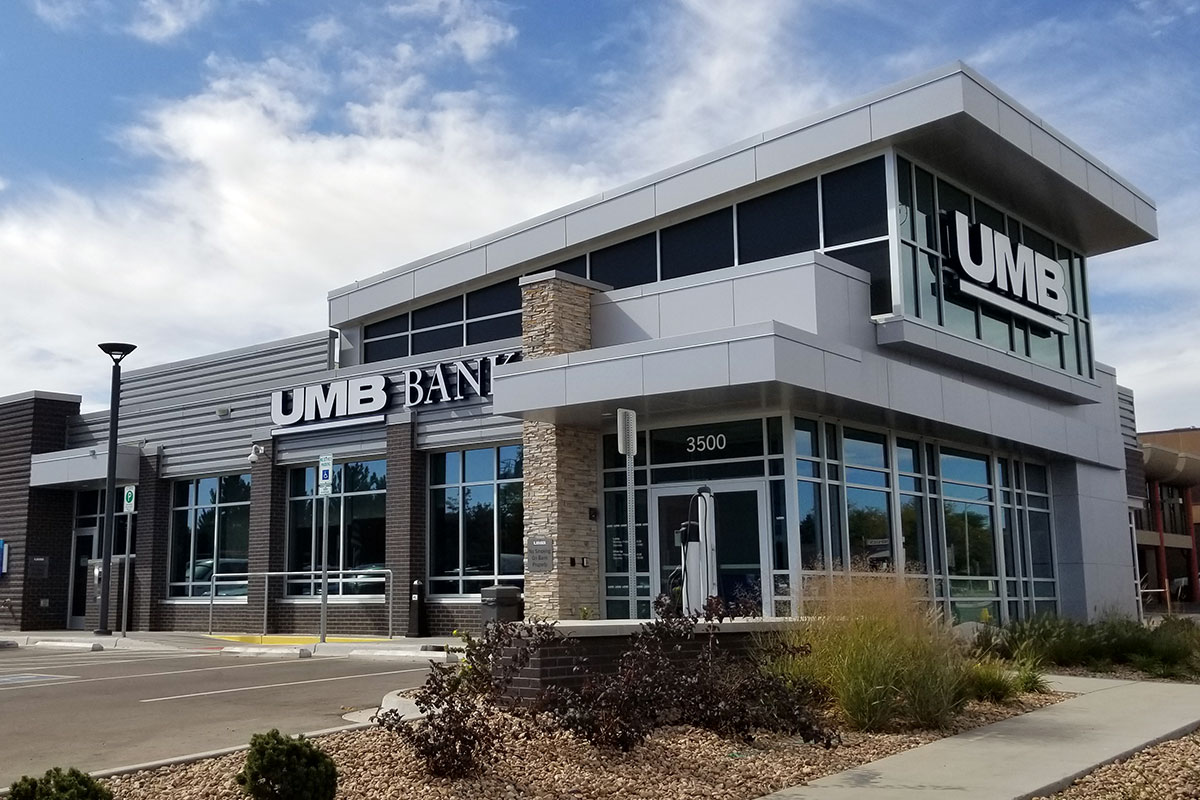Open enrollment is around the corner and with continued inflation, current economic uncertainty and financial strain, employees and employers alike are paying extra close attention to their financial decisions. With financial challenges being felt all the way from the grocery store to the gas pump to medical expenses, many are beginning to look more closely at their employee benefits package than they have in previous years. According to PwC’s Health Research Institute (HRI), group healthcare costs are expected to jump 8% in 2025 as inflation and prescription costs continue to drive up prices.
With this in mind, employers may want to provide some extra support during open enrollment to help their employees make the best choices for their unique financial situations and upcoming goals for this year. It is important to remember that wellness and health benefits programs can enable employees to invest to meet their long-term needs, not just short-term wants, as well as give employees peace of mind.
Below are some ways that employers can prepare for and support their employees for a beneficial open enrollment session this year.
Plan early
As employers gear up for open enrollment, it can be beneficial to pause and reflect on the past year. Talk about what was effective – this can help frame the conversation around this year’s format and any plan changes. Be sure to consider the benefits employees need now versus this time last year, and the impact of inflation on benefit goals.
Consider conducting a survey or quiz to employees before open enrollment to gauge what aspects of their benefits package they are most interested in learning about. Employers can create presentations and highlight certain features based on those results. Remember, this is a chance to make the process more personal than in the past.
Keep hybrid workplace schedules in mind
Many employees are utilizing hybrid workplace schedules which can limit their time in the physical office. Consider offering a hybrid benefits fair to engage all employees, including those working remotely. Create an agenda and consider hosting multiple sessions, including both in-person and virtual sessions to ensure flexibility with fitting in with all employees’ schedules. Send out reminders and outline what employees can expect for a hybrid fair, including highlights and changes to any benefits packages or offerings. Keep the presentation simple and straightforward, while providing the appropriate digital tools for remote employees. Even if the benefits fair goes as planned, employees will most likely have questions. It can be helpful to create a benefits FAQs digital handout for employees that covers basic questions and can be a valuable resource for employees to have access to benefits information 24/7.
Employers may also consider inviting vendors to attend and participate in hybrid benefits fairs to create an engaging and accessible environment. They can provide specific information and guidance if employees have unique situations they would like to discuss. Employers can also host breakout sessions virtually and in-person for employees to join if they have additional questions or would like to learn more about a certain topic.
By taking advantage of new technology that enables one-on-one, face-to-face interactions, benefits teams can actually provide more support on-demand and have the opportunity to make the experience more beneficial and perhaps better than before.
Meet employees where they are
This year, providing extra guidance may be needed as employees may be interested in exploring new options or plans, they had not considered before. Try to focus on creating more options for communication and make it interesting so that it catches employees’ attention. Employers should try to focus on key changes to benefits and record the primary information session, so that employees can access it at a later date.
Additionally, employers should invite their employees to stop by their desk, either virtually or in-person, if they need any help navigating through the open enrollment process. Employers can consider working with their HR team to use a calendar tool where employees can book times with staff members to talk through considerations, ask questions and make the process more personal.
Overall, it is imperative that employers educate employees on the benefits available, how they work and what type of value they should expect. In turn, this will build benefit awareness, financial hardship support, resource directives and a caring culture. In a time of so much economic uncertainty, it is a must for employers to meet their employees where they are at in their open enrollment journey.
Make it personal
Be sure to think about and understand the benefits employees need now versus this time last year, and the impact of the economy on benefit goals. For employees, investing in and protecting their future self is one of the most important aspects of open enrollment, so highlight benefits that might be more useful to them during this current economic cycle.
Employees expect personalized communication and will want their specific questions to be answered rather than receiving generic content. Employers should focus on personal messaging and creating space and options for employees to feel heard and have their questions answered. While this can be a challenging time for some, employers should expect to have a more successful enrollment when they connect with employees about their individual situations and allow employees to make better choices when participating in programs.
It’s not too late to start planning and executing a successful open enrollment season. Keep in mind the factors weighing on your benefit-covered population, as well as goals and priorities. Be prepared to adjust strategy in this everchanging environment.
Remember, a good financial wellness platform can ensure that the employee is making an informed decision based on their benefits package and their specific circumstances.
Learn more about UMB Healthcare Services, which has one of the best HSAs for 2024 among all HSA providers.(Source: Investor Business Daily’s Best HSA Companies 2024 List‡)
When you click links marked with the “‡” symbol, you will leave UMB’s website and go to websites that are not controlled by or affiliated with UMB. We have provided these links for your convenience. However, we do not endorse or guarantee any products or services you may view on other sites. Other websites may not follow the same privacy policies and security procedures that UMB does, so please review their policies and procedures carefully.





